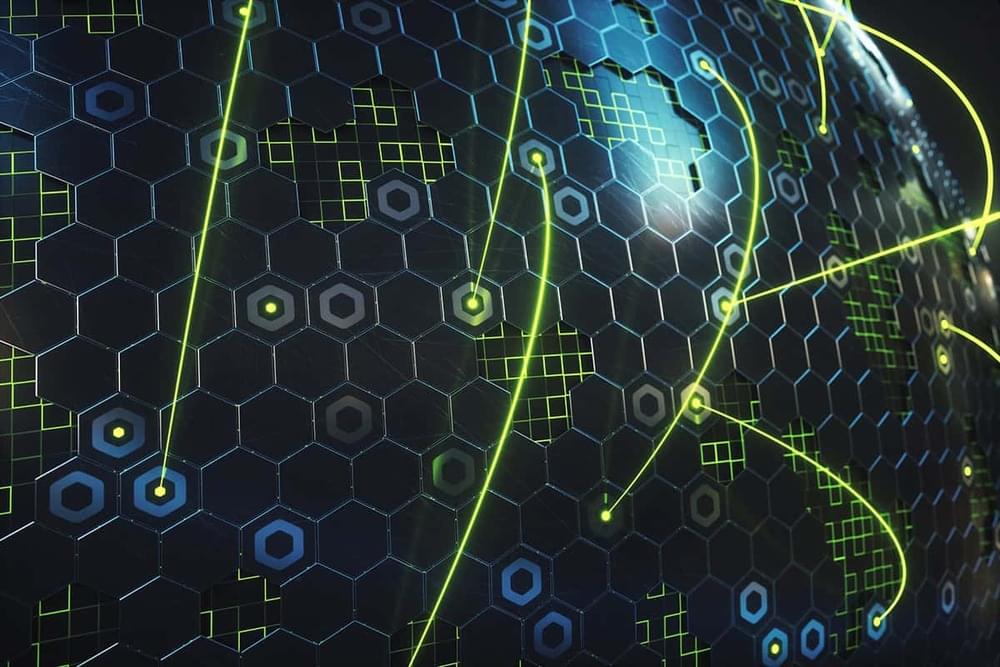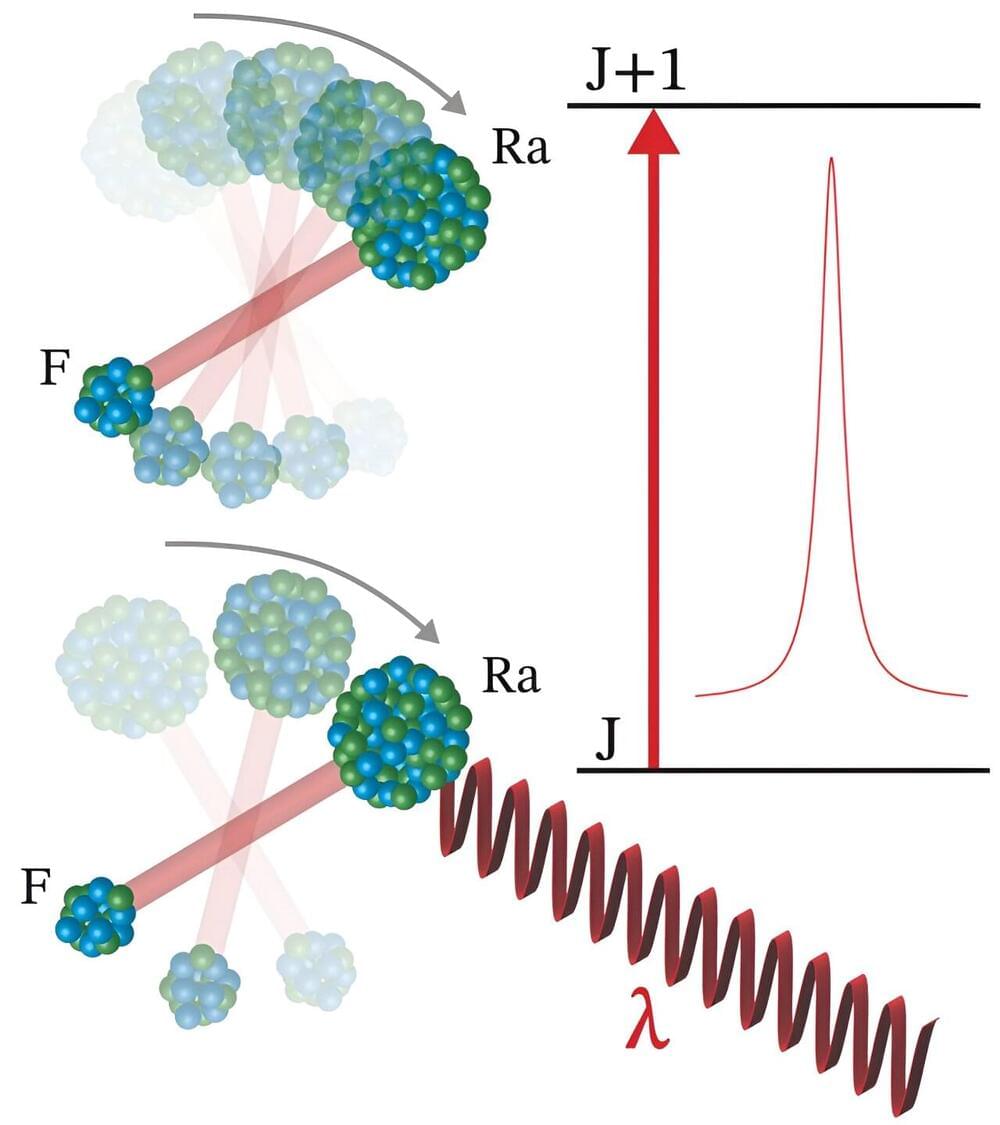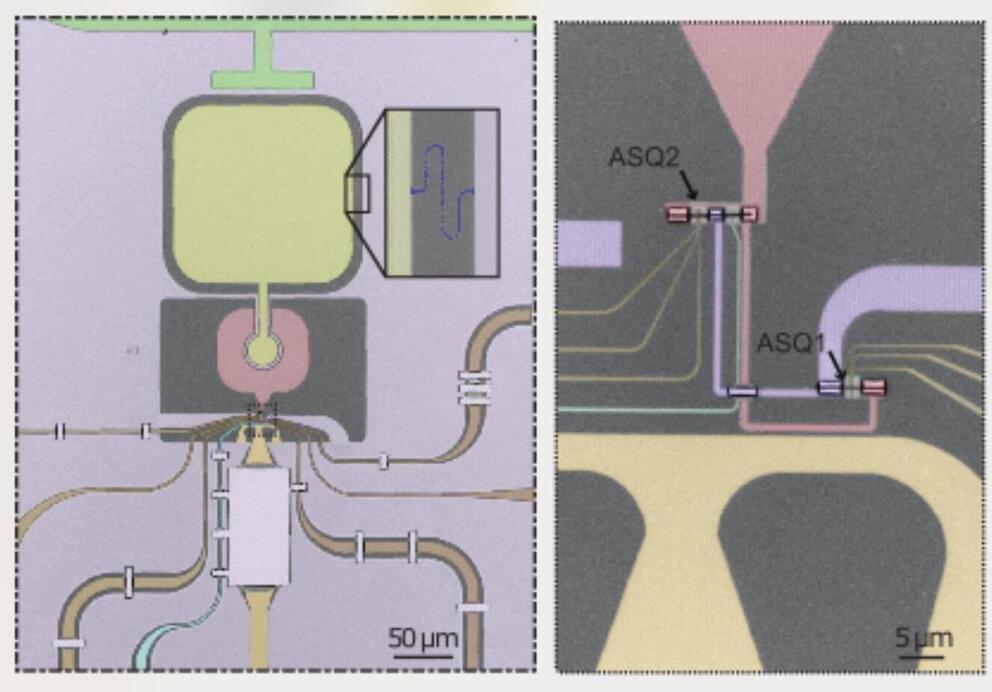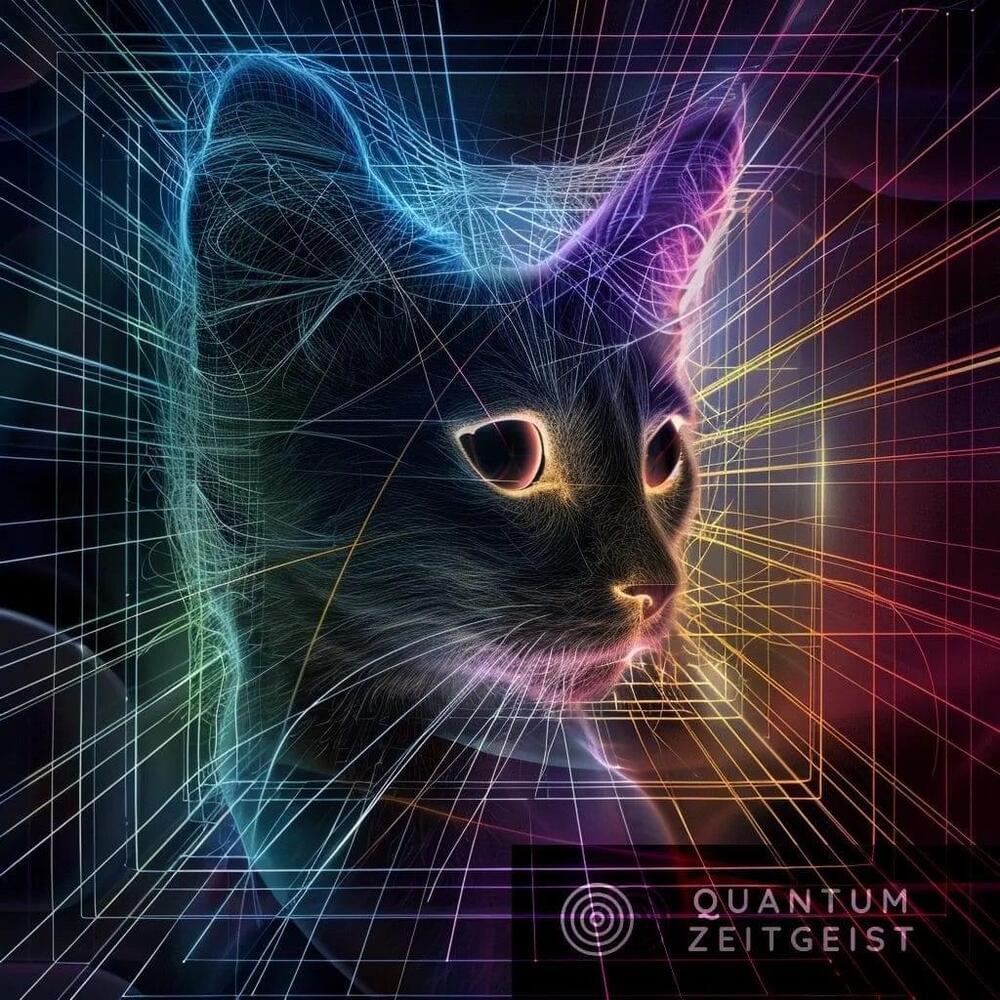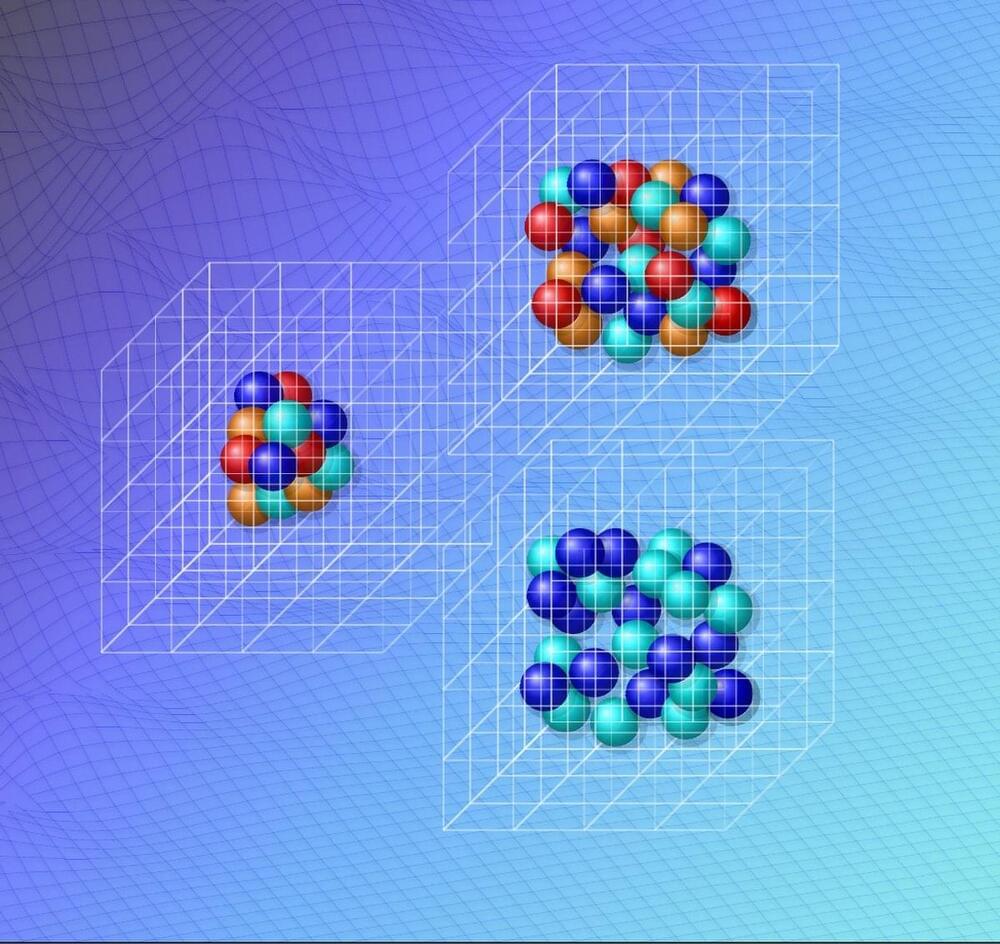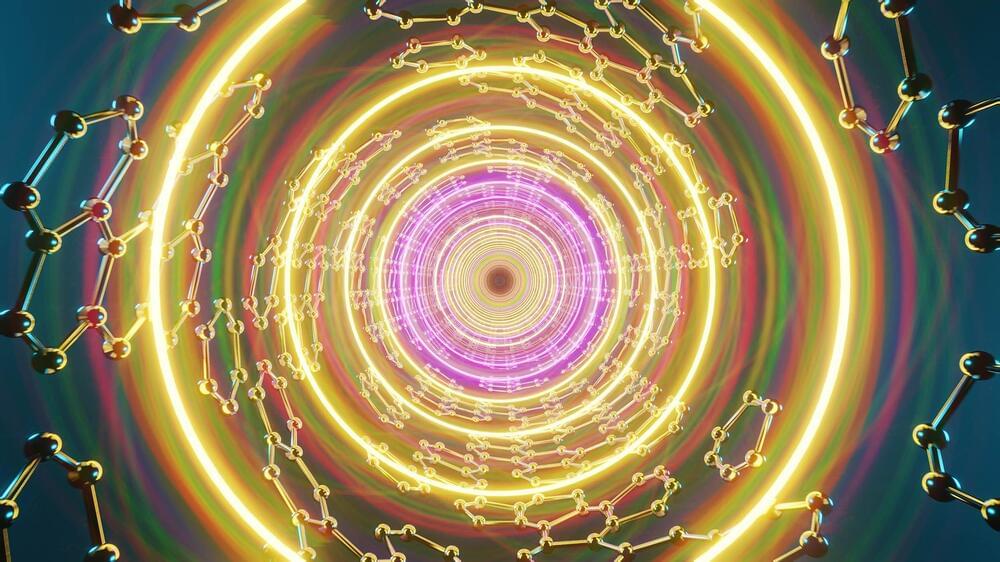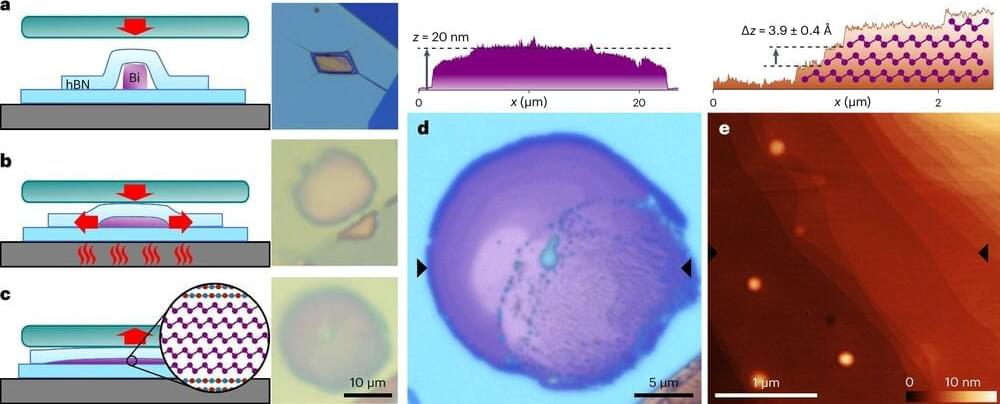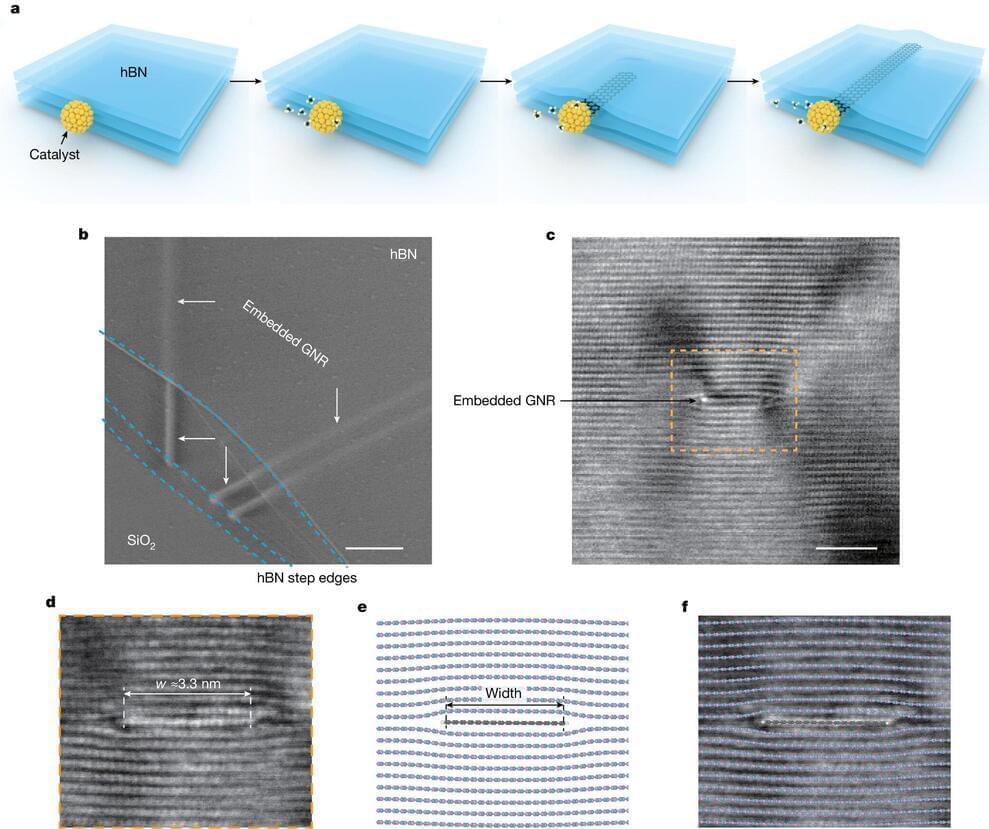The delicate nature of quantum information means it does not travel well. A quantum Internet therefore needs devices known as quantum repeaters to swap entanglement between quantum bits, or qubits, at intermediate points. Several researchers have taken steps towards this goal by distributing entanglement between multiple nodes.
In 2020, for example, Xiao-Hui Bao and colleagues in Jian-Wei Pan’s group at the University of Science and Technology of China (USTC) entangled two ensembles of rubidium-87 atoms in vapour cells using photons that had passed down 50 km of commercial optical fibre. Creating a functional quantum repeater is more complex, however: “A lot of these works that talk about distribution over 50,100 or 200 kilometres are just talking about sending out entangled photons, not about interfacing with a fully quantum network at the other side,” explains Can Knaut, a PhD student at Harvard University and a member of the US team.
